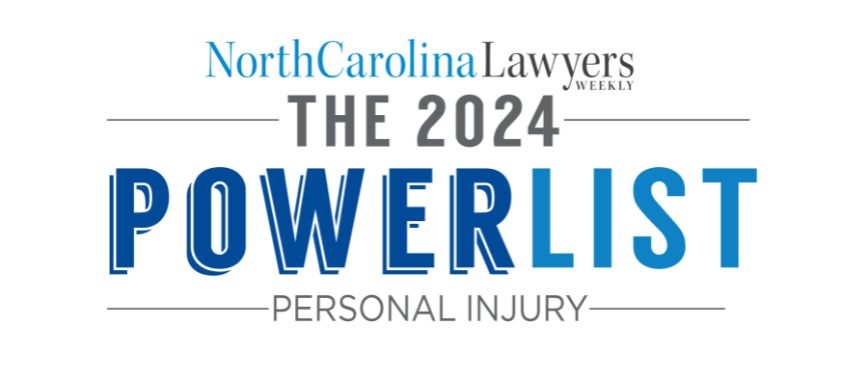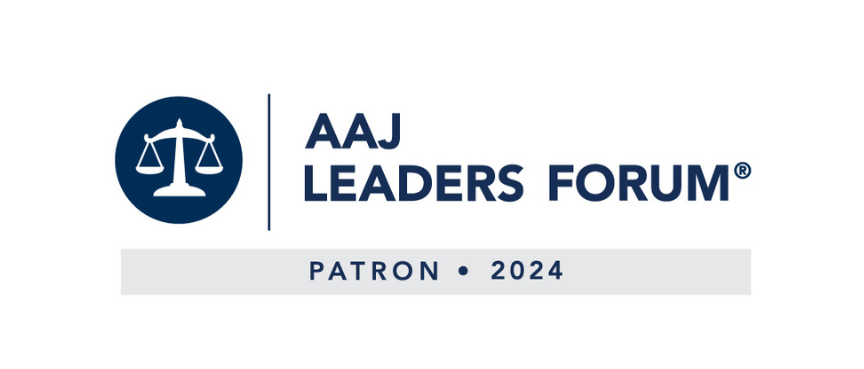Essentially, any bone in the body can be fractured or broken as a result of a North Carolina car collision. The breaks are typically caused by the force of the crash, the body being hit with external objects, being thrown forward or backward in an unnatural way, having the limbs and bones twisted or bent unnaturally, being thrown from the car or by being crushed in the crash. Broken arms are extremely common in these cases.
The bones of the arm may break when a victim braces during a car accident and as a consequence absorbs much of the impact in that region. A broken arm may become dislocated or fractured. The humerus is the large bone of the upper arm and the radius and ulna are bones of the lower arm. A fracture to any of these bones affects the victim’s ability to perform simple tasks and carry out daily routines. These injuries may require a lengthy period of recovery.
Symptoms of a Broken Arm
A snap or cracking sound might be your first indication you’ve broken an arm. Signs and symptoms may include:
- Severe pain, which might increase with movement.
- Swelling
- Bruising
- Deformity, such as a bent arm or wrist.
- Inability to turn your arm from palm up to palm down.
If you have enough pain in your arm that you can’t use it normally, see a doctor right away. Delays in diagnosis and treatment of a broken arm, especially for children, who heal faster than adults do, can lead to poor healing.
Treating a Broken Arm
There are three major bones in the arm: the humerus, the radius, and the ulna. After a car accident, signs that indicate a broken arm include swelling, pain when moving the arm, decreased sensation, and/or an inability to move the limb. In some cases, there may be an open wound from the bone puncturing the skin.
A doctor can diagnose a broken arm with a physical exam and X-rays. Typically, the injury is treated with a cast to stabilize the area and the patient given painkillers. However, if there are multiple breaks, signs of nerve damage or blood vessel damage, or the bones have gone through the skin, surgery may be necessary.
It can take three to six months for a broken arm to heal, with a cast being worn for four to six weeks. Children and young adults will typically heal the fastest. Individuals with diabetes, osteoporosis, or other chronic diseases are most likely to experience complications during the healing process.
Representation for Broken Arms
If you’ve suffered a broken arm in an accident caused by another driver’s negligence, you are entitled to compensation for the damages you’ve incurred. Maginnis Howard’s lead personal injury attorney, T. Shawn Howard is experienced in handling complex cases including those involving victims who have suffered broken arms due to the negligence of another North Carolina driver.
All personal injury matters are handled on a contingency basis – this means that you do not pay any attorneys’ fee unless and until we make a recovery on your behalf. You can contact us at (919) 526-0450 or send a message through our contact page.





